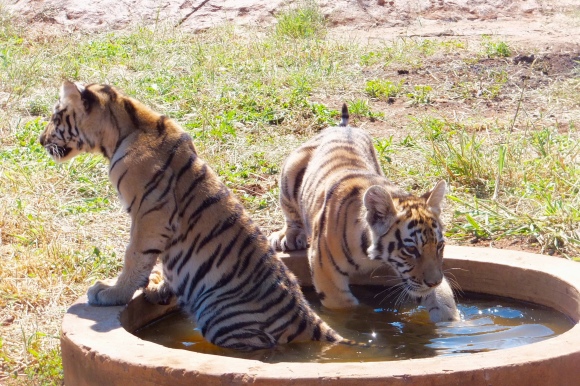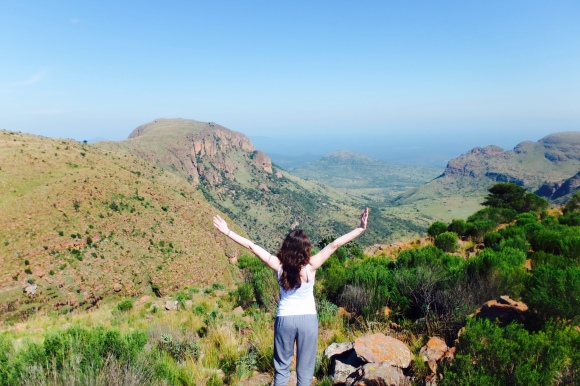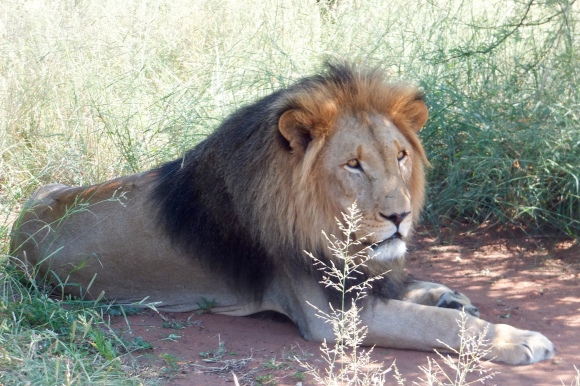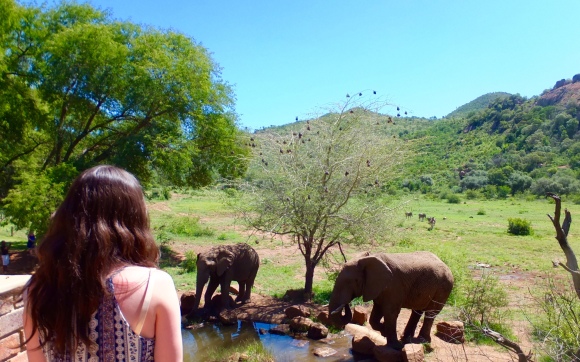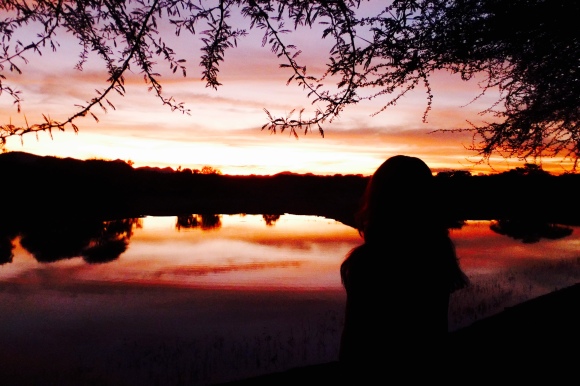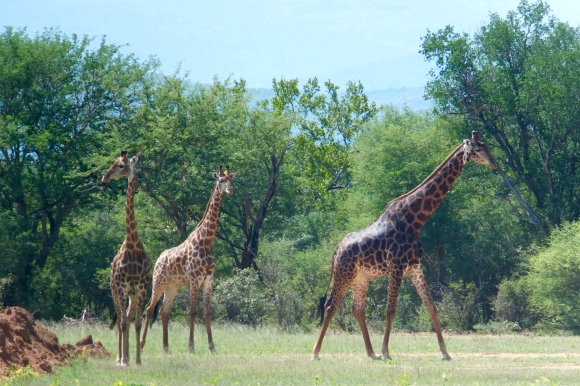Hey guys!
My name is Jennifer, and I am a first year student here at The University of Manchester – studying ‘Life Sciences with Mandarin’. The great thing about choosing ‘Life Sciences’ in my first year is the amount of flexibility – it is so nice to have a course that understands that you are indecisive when deciding a specialism, and so lets you pick any of the optional modules that you want. This is a great way to help us decide what we actually want to switch to in our second year – an inevitable but sad time: all of us Life Scientists are so close and don’t want to leave each other! But is it exciting when another one of us finally decides on their new degree programme. As for me, I will be changing to ‘Zoology with Mandarin’! I have chosen this course due to the interesting modules in the upcoming years – especially ‘Conservation Biology’ and ‘Animal behaviour’ – the opportunity for exciting research in both the lab and the field. However, what really cemented the decision of Zoology in my mind was the field course I have just returned from – studying Animal Behaviour in Thabazimbi, South Africa!
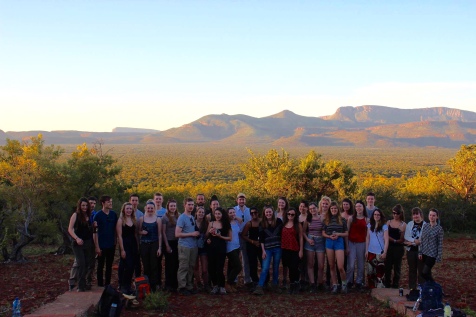
The South Africa team 2016!
It was genuinely the best two weeks of my life. From waking up to a gorgeous sunrise every morning, to the daily treks in the bush with a tower of giraffes for company (yes, I googled the collective noun!) to gazing up at the stars in the evening, I had never been happier! Having exceedingly limited wifi and no city lights made me appreciate the natural world even more than I already did – I had never seen so many stars before in my life! We were staying on a private game farm called Thani-Zimbi, so as well as seeing loads of ostrich, baboons and zebras, we also learnt how to identify the many species of antelope and birds found here too. Other highlights included visiting Marakele Predator Centre (BABY TIGER CUBS!), admiring the Botswana border from the tops of the local mountains, and of course, Pilanesberg National Park. I was prepared to be blown away, but little prepared me for seeing a pride of lions suddenly appearing out of the trees – the male coming down to the watering hole to drink, or having the road blocked by two bull elephants walking right past us. It was definitely something special! Being 1m away from a herd of elephants with their tiny gorgeous babies, spotting rhinos in the distance, and seeing so many impala, wildebeest, zebra, giraffes – the list could go on! It definitely inspired me to pursue a career in conservation.
- Marakele predator centre
- Overlooking Botswana
- I did not zoom in for this photo!
- Pilanesbury National Park
However, this field course was not just about the elephant selfies. There was a lot of work to do both before and when we were here. In the weeks prior to the field course, we had 6 lectures on the concepts of experimental design, and the workings of various statistical programmes, such as Prism, SPSS and R. Understanding how to collect the right sort of data, and knowing how to write the correct code for R so the data can be analysed properly, are valuable skills which are essential for the field. This is one of the reasons why I loved this field course, as although the animals were an added bonus, the whole point was to develop the skills you need to be a scientist – and it may surprise many of you that a solid grasp of maths, statistics and programmes are highly desirable for future years, and even masters programmes. To think that at The University of Manchester we are learning these skills as first year students is really exciting!
Once in Africa we were also kept busy. Manchester field courses are unique in that they let you plan and carry out your very own research project from start to finish. It was a huge learning curve, but it was a great way to build your teamwork and organisation skills! I was intrigued by the jackal and primate tracks on an initial drive through the game park, and so I got a group together, and we were off!
The Trackers project group!
Our project looked into the changes of diversity of animal tracks with regards to location and time of day. This involved getting ourselves up and to walk through the bush every day (at 6am and 6pm), to 3 sites around the reserve that we had prepared via raking over the ground the previous time we visited – sites in the dense vegetation, open grasslands, and by the watering hole. We would record the number of species by identifying the new tracks present; rake the ground, and start again the next day! It was great fun, as we collected a lot of data and saw many animals on our wanderings. It was also exciting when, by the end of the week, we could gaze at the ground and could tell the difference between warthog and impala, waterbuck and blesbok tracks!
Scroll over the photos to view captions:
The independence we had when carrying out the project (it was up to us to get up at 5am!), and the confidence I gained from presenting our results to the entire group, were also excellent skills to develop! We also had lectures and a field exam when we were there, but they were actually really fun, especially when your distractions were lurking giraffes and warthogs around the watering hole!
- 5am sunrise
- Lecture distractions!
I have now been back in England a few days, and already missing the sun, people and animals! It was a fantastic experience, and I would urge you all to do it if you get the chance!
Jennifer

